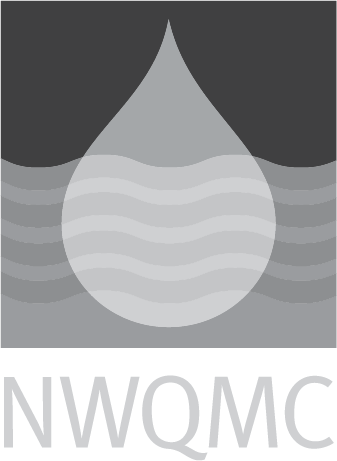USGS: POCIS: Polar Organic Chemical Integrative Sampler (POCIS)
|
Official Method Name
|
Polar Organic Chemical Integrative Sampler |
|---|---|
|
Current Revision
| November 2004 |
|
Media
|
WATER |
|
Instrumentation
|
Polar Organic Chemical Integrative Sampler (POCIS) |
|
Method Subcategory
|
Sampling/Preparation |
|
Method Source
|
|
|
Citation
|
USGS, 2004, Polar Organic Chemical Integrative Sampler (POCIS) |
|
Brief Method Summary
|
The POCIS consist of a solid material (sorbent) contained between two microporous polyethersulfone membranes. The membranes allow water and dissolved chemicals to pass through to the sorbent where chemicals are trapped. Canisters containing multiple POCIS are deployed, fully submerged in water, for weeks to months. Canisters are collected and the sorbent is transferred into a chromatography column where the samples chemicals are recovered using organic solvent. Depending on the desired use of the sample, additional processing (i.e., cleanup and/or fractionation) may be necessary. POCIS extracts are then analyzed by various instrumental techniques, including HPLC, GC, GC/MS and LC/MS. Extracts have also been tested with various bioindicator tests to determine the toxicological significance of the complex mixture of chemicals samples by the POCIS. |
|
Scope and Application
|
POCIS is designed to sample water-soluble (polar or hydrophilic) organic chemicals from aqueous environments. The POCIS is an integrative sampler which provides time-weighted average concentrations of chemicals over deployment periods ranging from weeks to monthsIt Two configurations of the POCIS are commonly used, each containing different sorbents. A ¿Generic¿ configuration contains a mixture of three sorbent materials and is used for most pesticides, natural and synthetic hormones, many wastewater-related chemicals, and other water-soluble organic chemicals. The ¿Pharmaceutical¿ configuration contains a single sorbent designed for sampling most pharmaceutical classes. It is common to deploy several different configurations together to maximize the types of chemicals sampled. This device is a passive sampler meaning that it has not mechanical or moving parts, requires no power or supervision during use. The POCIS samples chemicals from the dissolved phase mimicking the respiratory exposure of aquatic organisms. The POCIS provides a highly reproducible means for monitoring contaminant levels, and it is largely unaffected by many environmental stressors that affect biomonitoring organisms. The POCIS also enables in situ concentration of trace organic contaminant mixtures for toxicity assessments and toxicity identification evaluation approaches.
Two configurations of the POCIS are commonly used, each containing different sorbents. A "Generic" configuration contains a mixture of three sorbent materials and is used for most pesticides, natural and synthetic hormones, many wastewater-related chemicals, and other water-soluble organic chemicals. The "Pharmaceutical" configuration contains a single sorbent designed for sampling most pharmaceutical classes. It is common to deploy POCIS of several different configurations together to maximize the types of chemicals sampled. |
|
Applicable Concentration Range
|
|
|
Interferences
|
Prior to initial POCIS construction, the sorbents, membrane, and hardware undergo a thorough cleaning to remove any potential interfrences. |
|
Quality Control Requirements
|
Careful site selection is important for successful deployment. The sampler must remain submerged and shaded. It is best to be in an area of water movement to enhance sampling rates, but avoid the heaviest flows to prevent damage. |
|
Sample Handling
|
POCIS deployments are typically for one month, however, depending on the study design, deployment times can range from weeks to months. |
|
Maximum Holding Time
|
|
|
Relative Cost
|
$51 to $200 |
|
Sample Preparation Methods
|




